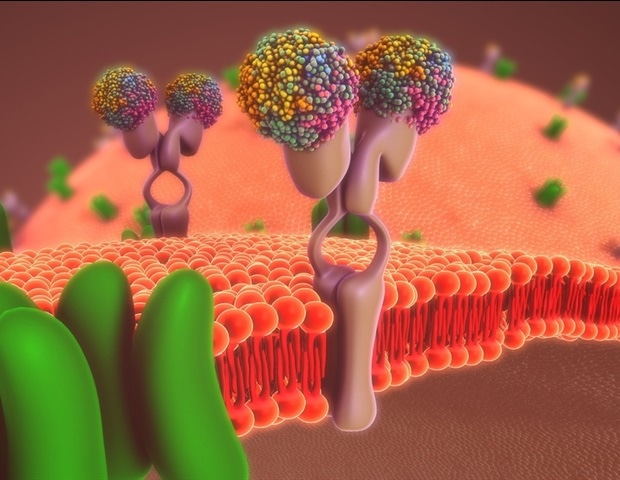Eating fatty fish decreased the lipophilic index in people with impaired glucose metabolism or coronary heart disease, according to a new study from the University of Eastern Finland. The lipophilic index is considered a marker of cell membrane fluidity, and a low lipophilic index indicates better membrane fluidity. In a recent study published in Nutrition, Metabolism & Cardiovascular Diseases, a low lipophilic index was further associated with larger mean HDL particle size and higher concentration of large HDL particles, which suggests cardiovascular benefit.
The lipophilic index has been introduced to describe membrane fluidity, which can modify the function of cells and membrane-bound proteins. The length and saturation of fatty acids in membranes affects membrane fluidity. For example, fatty acids in serum lipids or erythrocyte membranes can be used to calculate the lipophilic index. Previous studies have suggested that long-chain omega-3 fatty acids in fish have a beneficial effect on cardiovascular risk, however, more research into the mechanisms is still needed. Camelina oil, on the other hand, is rich in alpha-linolenic acid, which is an essential omega-3 fatty acid whose associations with membrane fluidity are not known.
The researchers used data from two randomized clinical trials to study the effects of fish and camelina sativa oil intake on the lipophilic index. The first study included 79 men and women with impaired glucose tolerance. The second study included 33 men and women with cardiovascular disease. Study participants were randomly divided into four groups for a 12-week intervention: the camelina oil group, the fatty fish group, the lean fish group, and the control group in the first study. In the second study, subjects were randomly divided into the fatty fish, lean fish, and control groups for an 8-week intervention. The lipophilic index was calculated based on erythrocyte membrane fatty acids in the first study, and serum phospholipid fatty acids in the second study.
In both studies, eating four meals of fatty fish per week reduced the lipophilic index, which indicates better membrane fluidity. Better membrane fluidity has been associated with lower cardiovascular risk. Better membrane fluidity as measured by the lipophilic index was also associated with larger HDL particles, which have also been associated with a lower cardiovascular risk. Eating lean fish or camelina sativa oil did not affect the lipophilic index.
University of Eastern Finland (UEF Viestintä)
Lyytinen, A. T., et al. (2023) Fatty fish consumption reduces lipophilic index in erythrocyte membranes and serum phospholipids. Nutrition, Metabolism & Cardiovascular Diseases. doi.org/10.1016/j.numecd.2023.04.011.
Posted in: Medical Science News | Medical Research News | Medical Condition News
Tags: Alpha-Linolenic Acid, Cardiovascular Disease, Cell, Cell Membrane, Coronary Heart Disease, Fatty Acids, Fish, Glucose, Glucose Metabolism, Heart, Heart Disease, Lipids, Membrane, Metabolism, Nutrition, Omega-3 Fatty Acid, Particle Size, Research
Source: Read Full Article
